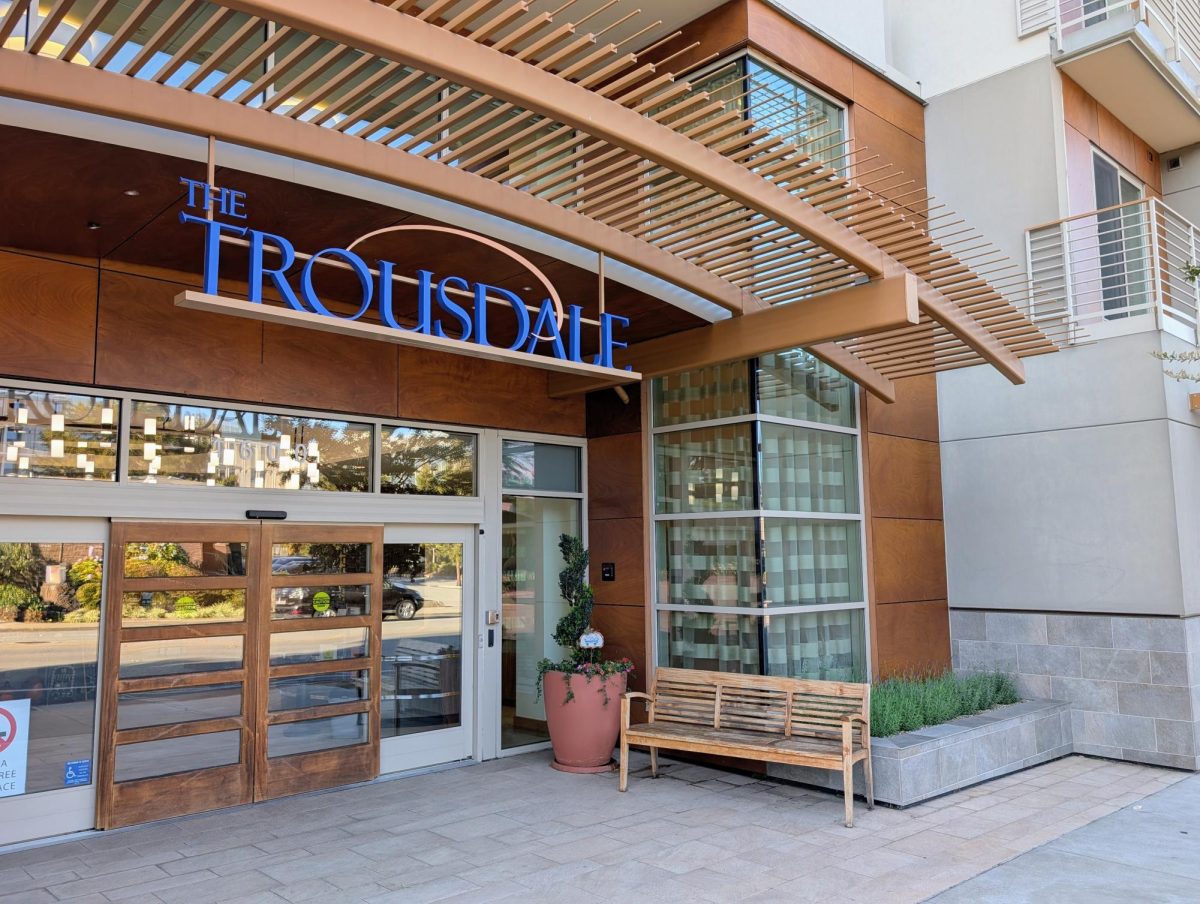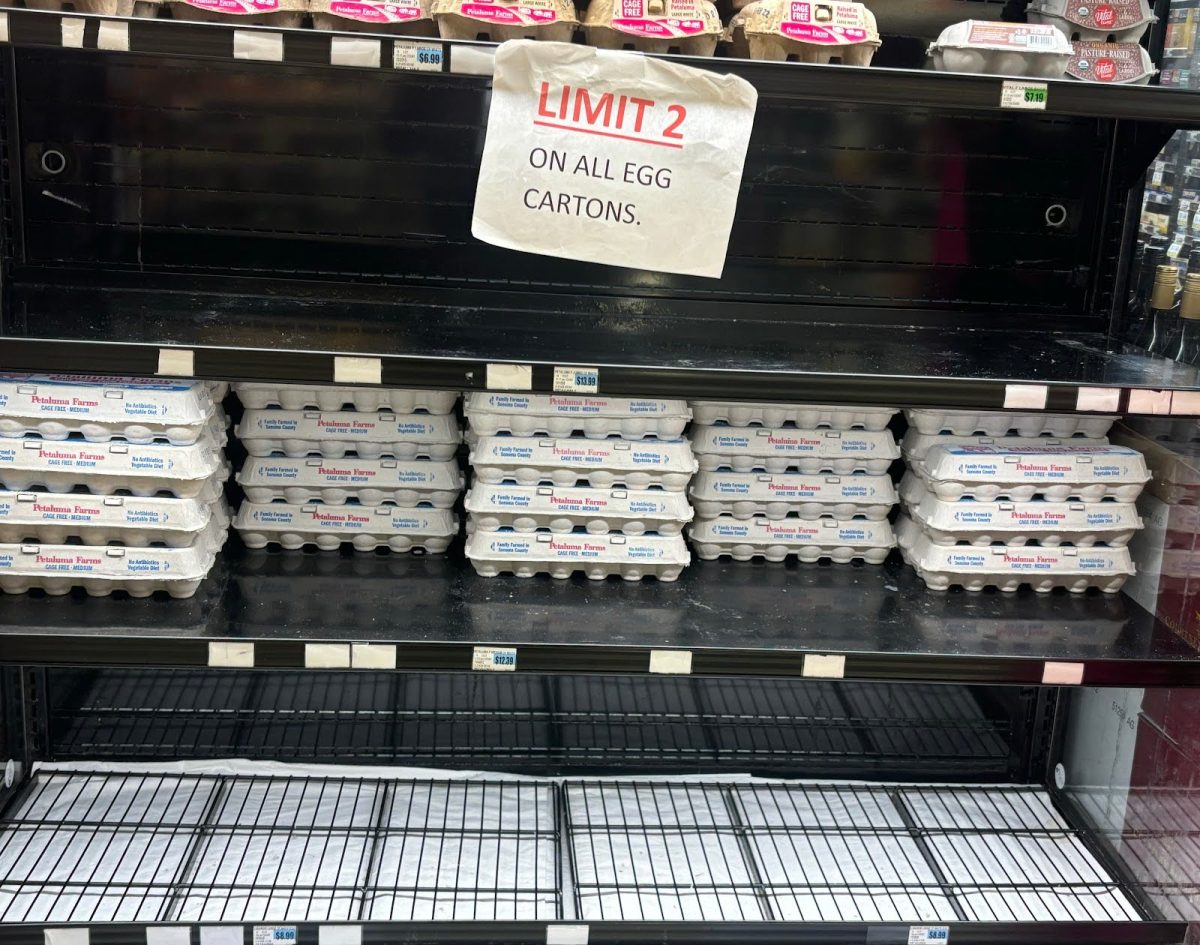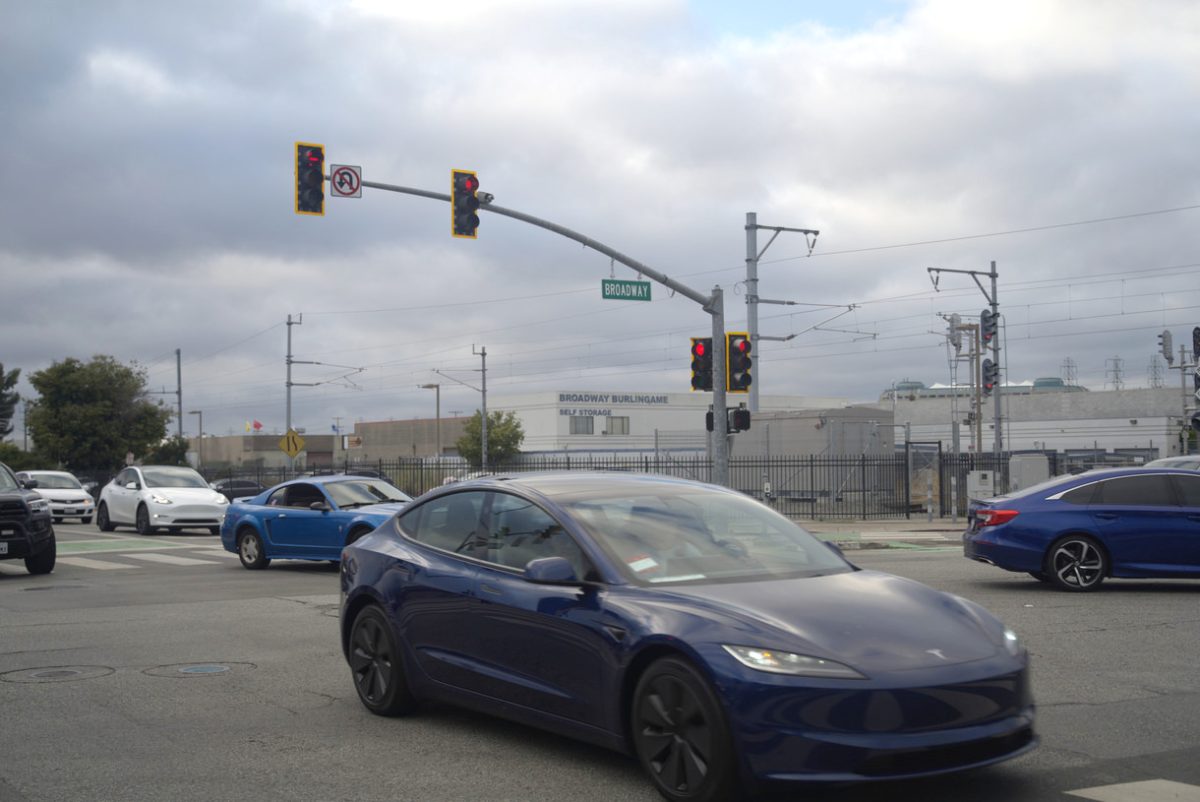Eggs are undoubtedly a common item on a grocery shopper’s list. As the recent bird flu outbreak has spread to many poultry farms across the US, over 158 million egg-laying chickens, turkeys, and other birds have been slaughtered. In January, 23 million birds were slaughtered, the highest monthly figure since the egg shortage began midway through 2024. As a result, eggs have been appearing less and less on the shelves of grocery stores, and becoming harder to come by for cafes and restaurants.
With supply constrained, grocery stores have responded by raising the prices of their eggs and setting purchase limits. At Lunardi’s Market, customers are restricted to two cartons per visit, and the prices will continue to climb as the shortage continues.
“We’re limiting numbers of egg carton purchases for our customers, due to the fact that [the egg shortage] is being allocated, not just to our store, but to all the stores,” Store Director Rhoderick Munsayac said. “[The prices of eggs] are rising, and they will continue to rise throughout the year.”
The rising costs are also putting pressure on restaurants. Before the shortage, a case of 15 dozen eggs cost grocery stores between $40 and $50 to buy in bulk. That same case now costs over $100 for businesses to buy from their vendors, forcing them to make tough decisions. While many grocery stores have raised prices, some cafes and restaurants have been reluctant to follow suit.
Crepevine and Alana’s Cafe — two brunch-style restaurants on Burlingame Avenue — are among those who haven’t raised the prices of their egg dishes yet.
“Prices [of eggs] are tremendously high, and in almost 90 percent of our dishes, we use eggs,” Crepevine Store Supervisor Giovanni Cea said. “The customers don’t notice, because we’re not even thinking about cutting our portions, so we’re paying the price for it right now.”
For Alana’s Cafe, if the shortage gets worse in the future, Alana’s Cafe plans to add on a surcharge for their egg dishes, or what co-owner Teresa Lindhartsen refers to as “egg tariffs.”
“We’re going to have to pass the cost on to the customers. Otherwise, [the egg shortage] will not be something that we can get over,” Lindhartsen said. “I think we’re going to implement egg tariffs where we would charge extra for egg dishes.”
While the impact is evident for grocery shoppers and restaurants, schools are finding ways to adapt. Although the district’s school cafeterias are unable to provide as many eggs, they are working to provide substitutes to ensure students still receive adequate nutrition.
“The nutrition that you would receive from eggs is present in lots of other proteins, vitamins, nutrients, fats. You can get them in cheese, chicken, ground beef,” Student Nutrition Operations Manager Patricia Corea said. “So [the egg shortage] is not a concern.”
District officials expect the shortage to persist for several more months.
“We got notices back in August and September that there would be production issues, and now we’re kind of in the thick of it,” Executive Chef Joseph Batchelder said. “According to the last email we received, it’s planned to take another six to nine months to have the shortages even themselves out, assuming things don’t get worse.”
Despite the challenges, Lindhartsen, Munsayac, and Cea remain optimistic about the situation and confident in their ability to weather it.
“We’ve been through this a few times over the years, and I don’t think it’s making that much of an impact,” Munsayac said. “We’ve had so many scares; we’re okay. We’re just hoping for the best, and it’s just a matter of time.”





































